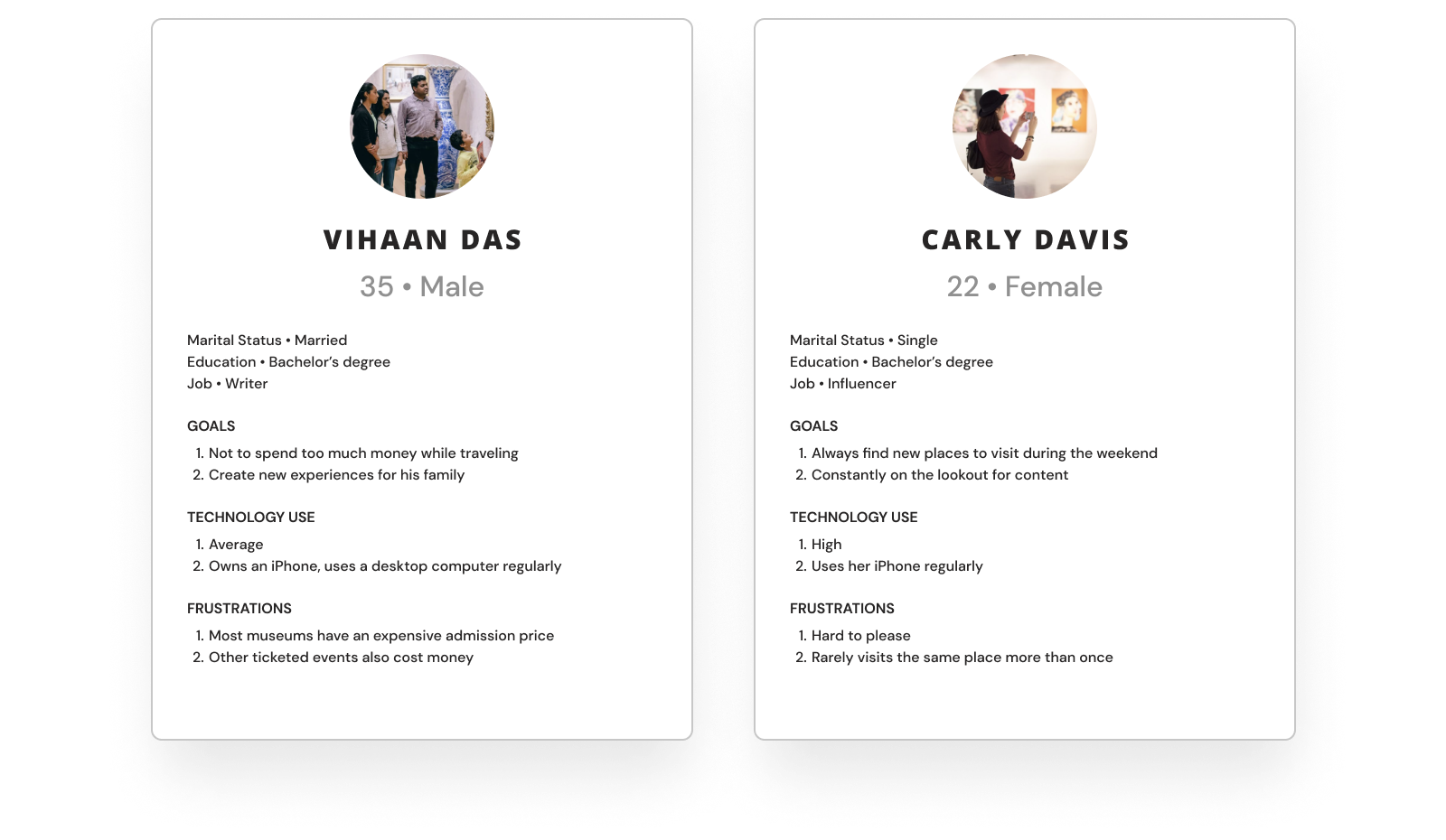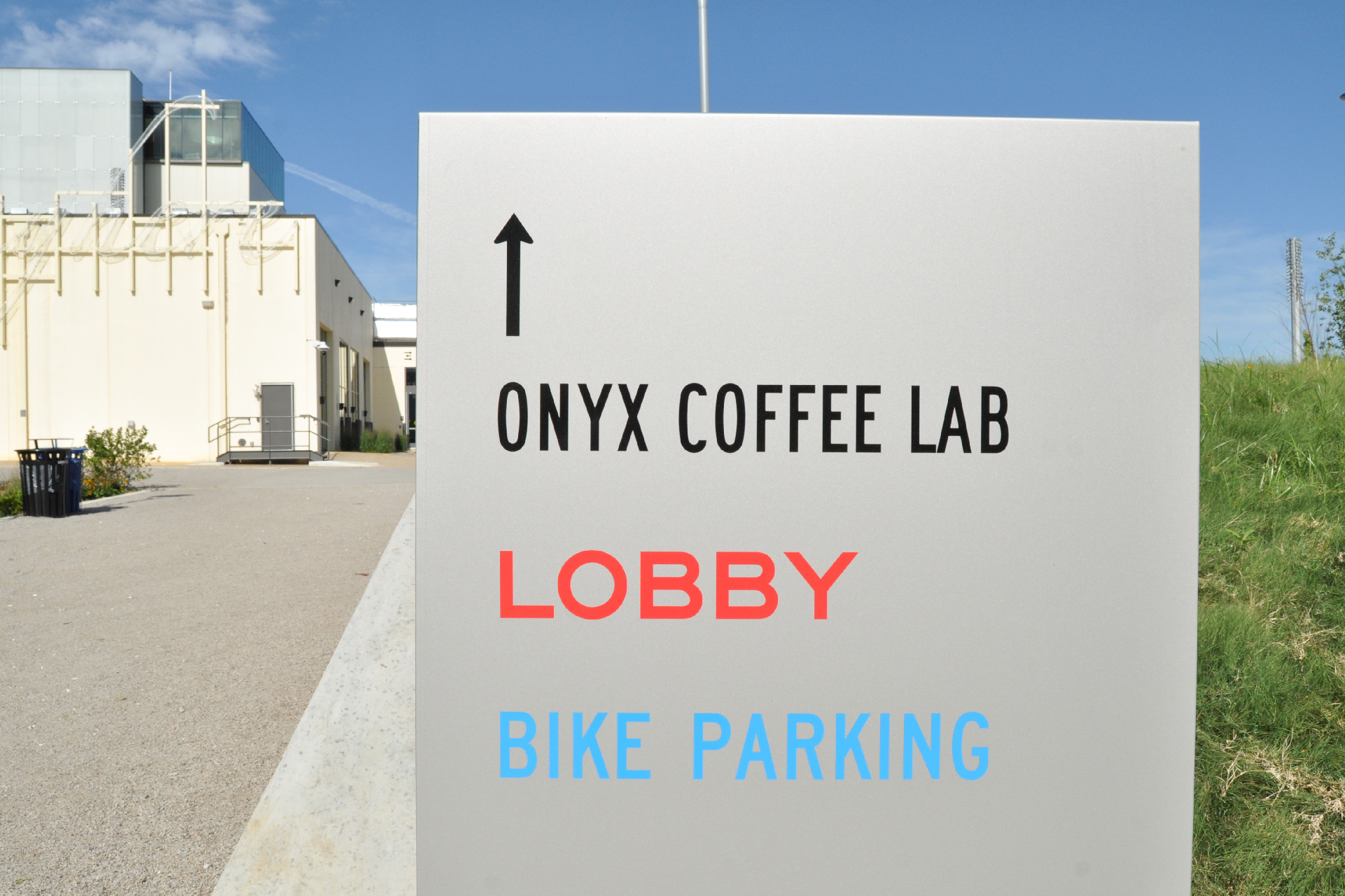01 – Project Overview
Role
• Sole designer for the Momentary
Duration
Nov 2019 – Feb 2020
Background
Near the end of 2019, I was hired on as the sole in-house designer for the Momentary, a new satellite project affiliated with Crystal Bridges Museum of American Art. This role involved converting a decommissioned 63,000-square-foot cheese factory into a dynamic contemporary art space, offering a wide range of visual and performing arts, culinary experiences, festivals, and artist residencies. Throughout this adaptive reuse project, I collaborated closely with the talented team at Wheeler Kearns Architects, based in Chicago.
As the designer for the Momentary, my primary focus was to develop creative solutions for the myriad challenges associated with opening a brand new space. This included digital signage, wayfinding, and print collateral. I embraced an intentional and research-driven process to ensure that every design decision contributed to a seamless and immersive experience for guests.
Research played a pivotal role as I delved into understanding the unique needs and preferences of our target audience. By embracing empathy and actively seeking feedback from potential visitors, I was able to iterate on design concepts and ensure that every touchpoint within the space reflected the Momentary’s distinctive personality.

Wayfinding was a critical component of my work for the Momentary. Understanding that navigating a new space can often be challenging, I developed a comprehensive wayfinding system that leveraged intuitive design principles. By considering factors such as proximity, hierarchy, and contrast, I ensured that visitors could effortlessly navigate the various galleries, studios, and performance spaces within the Momentary. Through a thoughtful combination of digital and physical wayfinding elements, I aimed to provide visitors with a sense of guidance and discovery.
The following outlines my process and primary focus in the months leading up the launch of the Momentary (Feb 21-23, 2020).
Problem Statement
As a new visitor to the Momentary, I need to enjoy finding my way around and easily discover what this new space has to offer, so that I have an incentive to return.
02 – Discovery
User research
Before any work began on what would become the Momentary, user research was conducted through surveys and interviews with 100+ Northwest Arkansas (NWA) community members. Part of this research was administered through canvassing on the Crystal Bridges campus, and part of this research was conducted with locals at the University of Arkansas campus in Fayetteville. Survey questions dug into the need for a new contemporary arts space in NWA, and inquired about current state issues of accessibility and representation.
Personas
Through this initial research, we were able to establish personas for different potential visitors to the Momentary. Synthesis of user research lead to the creation of four primary visitor types—
• Trendy Visitors
• The Museum Geek
• The Pragmatic Tourist
• The Driven Educator

These personas were instrumental in shaping the design of both the Momentary brand, and relevant collateral. It also shaped programming and exhibition efforts throughout the team. I referred to these personas often for this project, checking in to make sure we were set to meet user expectations.
03 – Definition
Design Sprint
In the months leading up to the Momentary’s opening date, I was able to assist in leading an offsite design sprint to organize our launch efforts. This included representatives from the Crystal Bridges marketing department alongside our four-person museum design team.
How Might We Statements
Some of the most valuable activities we performed during our design sprint were brainstorming sessions where we further defined the problem of launching a new space. We also found value in crafting How Might We statements that highlighted potential pain points for new visitors to the museum.

ANALYSIS
Common subjects emerged through these practices. Themes included the desire from our visitors to understand and prioritize a busy programming schedule, the desire from stakeholders to use the Momentary space flexibly, and the desire from our marketing team to encourage return visitors.
04 – Design
Ideation
With common themes in mind, I began to work on ideating around our potential user pain points. These included pitching ideas and then designing for the following deliverables—
• Digital signage, meant to accommodate a busy programming schedule and communicate flexibly.
• Minimalist wayfinding, meant to facilitate wandering and discoverability.
• Attractive marketing, meant to encourage return visitors.
Low-Fidelity Mockups
As part of this process, I built low-fidelity screens for our digital signage alongside mockups for onsite wayfinding. These were then vetted with business stakeholders and representatives from Wheeler Kearns Architects.

05 – Delivery
Usability Testing
I was able to conduct some usability testing onsite in the weeks leading up to our opening date for both the digital signage and wayfinding pieces of our visitor onboarding collateral. I began with printing and hanging full-size mockups of screens and wayfinding elements throughout the unfinished space. I was then able to walk through the space with representatives from our persona groups, making observations on whether wayfinding was sufficient to lead a visitor through the space. I also dug into questions around type size, location, and readability.
Iterations
These sessions lead to some changes in both signage location and content design. The following screens showcase some of the changes one of the digital menus went through after receiving both user feedback and stakeholder input.

05 – Final Products
Digital Signage





Wayfinding






06 – Outcomes
Opening Weekend
Between February 21-23, over 13,900 people experienced the Momentary for the first time. The transformation of the building was a feat to admire, and visitors embraced NWA’s newest art destination with open arms. A particularly rewarding experience for me as a designer was being onsite for those three days and observing the buzz of positive visitor response as they moved throughout the space. We featured 13+ programs from 37 artists around the world over the course of a weekend, with almost all programming selling out. Needless to say, guests were incentivized to return.
During the rest of 2020, even through a closure due to the pandemic, the Momentary welcomed 91,000+ guests.

